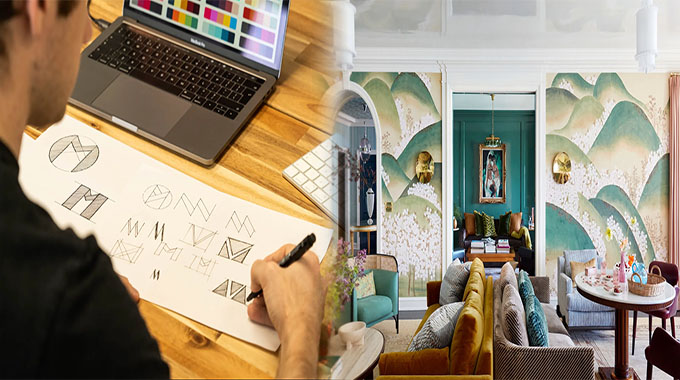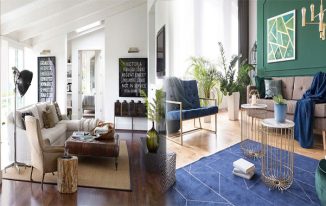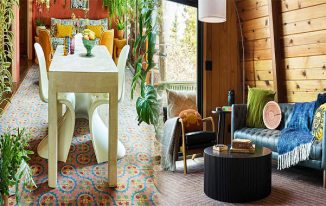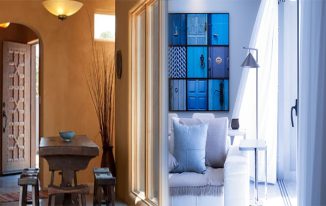In today’s fast-paced fashion industry, creating a cohesive brand identity is crucial for success. While branding efforts often focus on marketing and advertising, the physical space in which a brand conducts business can also play a significant role in reinforcing the brand’s message and identity. Fashion houses can leverage the power of interior design to create a physical environment that harmonizes with the brand’s values and aesthetic. Here, we will explore how interior design can contribute to fashion houses’ branding efforts.
Brand Identity and Interior Design
A brand’s identity is its unique persona that distinguishes it from competitors. It includes visual elements such as the company logo, color palette, typography, and messaging. Interior design is another layer of a brand’s identity that can contribute to the overall image of the brand. Fashion houses can use interior design to create a space that visualizes the ethos and aesthetic of the brand. Everything from the furniture, lighting, and layout of the space can communicate something about the brand’s character, values, and style.
Consistency in Design Elements
To create a cohesive brand identity, consistency is key. All design elements should work together to form a unified message. Fashion houses can begin by considering the brand’s visual elements such as logo, color scheme, and typography and incorporating them into the space. The furniture and fixtures should align with the brand’s aesthetic and values. Even small details such as the color of the walls and the carpet can make a difference.
The Customer Experience
A brand’s interior design can significantly impact the customer experience. A well-designed space can create a welcoming and comfortable environment that encourages customers to linger and spend more time. The layout of the space should be intuitive and easy to navigate. Lighting plays a significant role in creating ambiance, and carefully curated showroom lighting can highlight and accentuate products. Sweet perfumes or calming fragrances can also create a positive environment.
Long-term Durability
Fashion houses often invest a significant amount of money in their physical space. Therefore, it makes sense to consider the long-term durability of design decisions. The brand’s interior design should reflect their aesthetic, but also stand the test of time. The space should be functional and flexible enough to evolve with the brand to accommodate new products and future trends.
Reinforcing the Brand Through Design
Interior design can be used to enhance the fashion house’s brand messaging. For example, if a brand follows sustainable practices, the design can incorporate eco-friendly materials and environmentally conscious designs. If the brand promotes minimalism, the interior design can incorporate clean lines and an uncluttered atmosphere. If the brand is known for handcrafted products, the design can include artisanal details such as exposed brick, concrete floors, and reclaimed wood.
Creating a cohesive brand identity involves various elements, including interior design. By incorporating consistent design elements, providing an excellent customer experience, considering long-term durability, and reinforcing brand messaging, fashion houses can use their interior space to contribute towards their overall branding efforts. In the competitive fashion industry, developing a strong brand identity can be the key to success.













